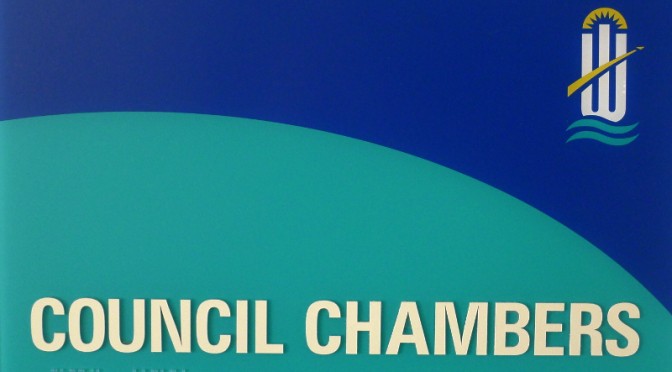Tag: Tax abatements
-

CID and other incentives approved in downtown Wichita
The Wichita City Council approves economic development incentives, but citizens should not be proud of the discussion and deliberation.
-

In Wichita, more sales tax hypocrisy
Another Wichita company that paid to persuade you to vote for higher taxes now seeks to avoid paying those taxes.
-

Spirit Aerosystems tax relief
Wichita’s largest employer asks to avoid paying millions in taxes, which increases the cost of government for everyone else, including young companies struggling to break through.
-

Wichita economic development items this week
Two economic development items on tap in Wichita this week illustrate failures or shortcomings of the regime.
-

Wichita to consider tax abatements
Wichita considers three tax abatements, in one case forcing an “investment” on others that it itself would not accept.
-

Kansas cities force tax breaks on others
When Kansas cities grant economic development incentives, they may also unilaterally take action that affects overlapping jurisdictions such as counties, school districts, and the state itself. The legislature should end this.
-

Wichita to consider three tax abatements
When considering whether to grant three property tax abatements, the Wichita city council is unlikely to ask this question: Why can’t these companies expand if they have to pay the same taxes everyone else pays?
-

Sales tax exemptions in Kansas
Can eliminating sales tax exemptions in Kansas generate a pot of gold?
-

Wichita Business Journal reporting misses the point
Reporting by the Wichita Business Journal regarding economic development incentives in Wichita makes a big mistake in overlooking where the real money is.
-

In Sedgwick County, expectation of government entitlements
In Sedgwick County, we see that once companies are accustomed to government entitlements, any reduction is met with resistance.
-
Cash incentives in Wichita
Wichita city leaders are proud to announce the end of cash incentives, but they were only a small portion of the total cost of incentives.
-

In Kansas and Wichita, there’s a reason for slow growth
If we in Kansas and Wichita wonder why our economic growth is slow and our economic development programs don’t seem to be producing results, there is data to tell us why: Our tax rates are too high.